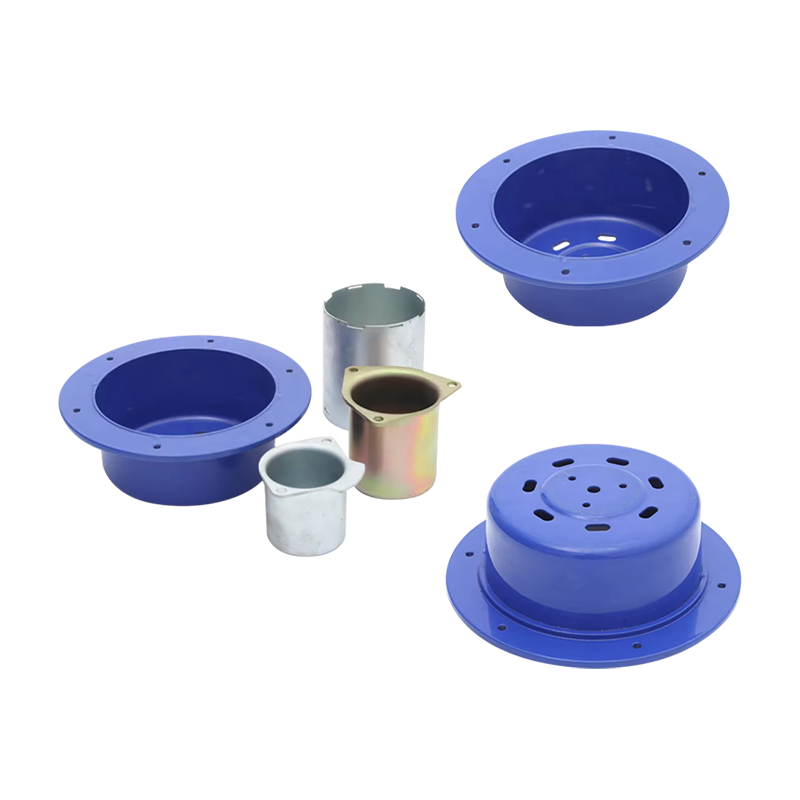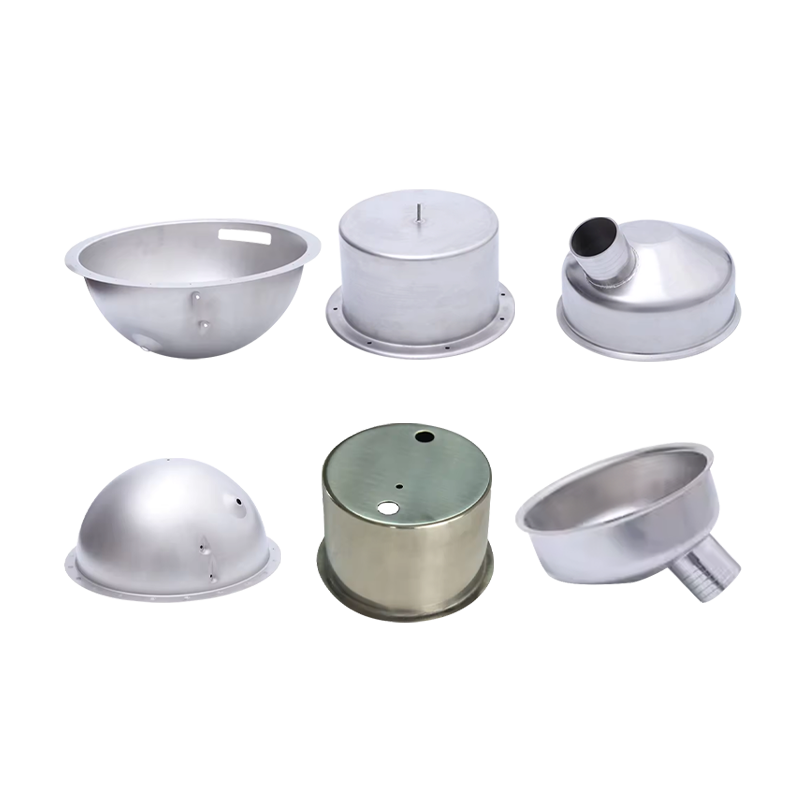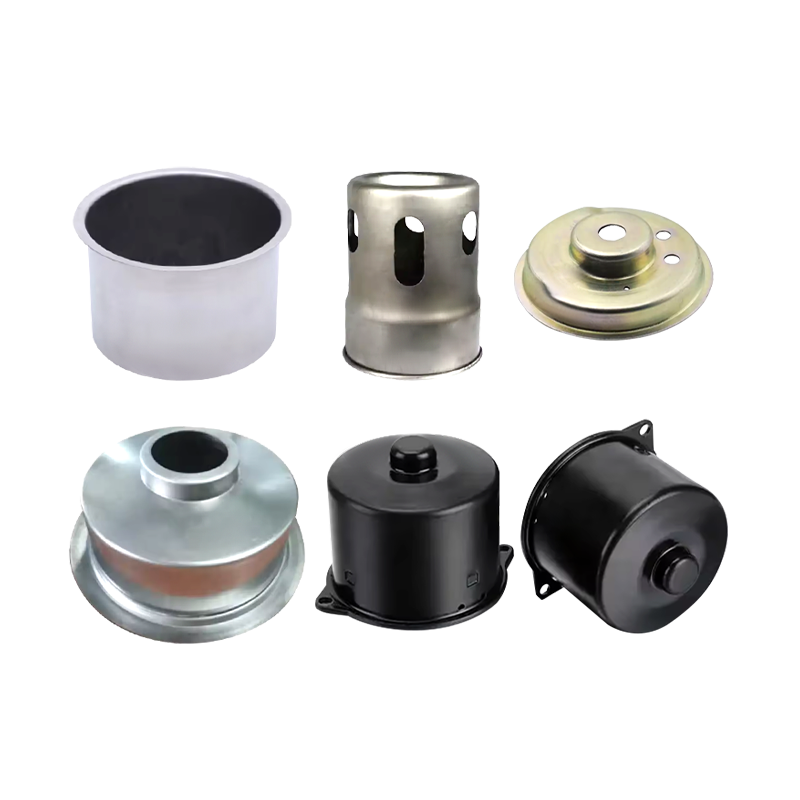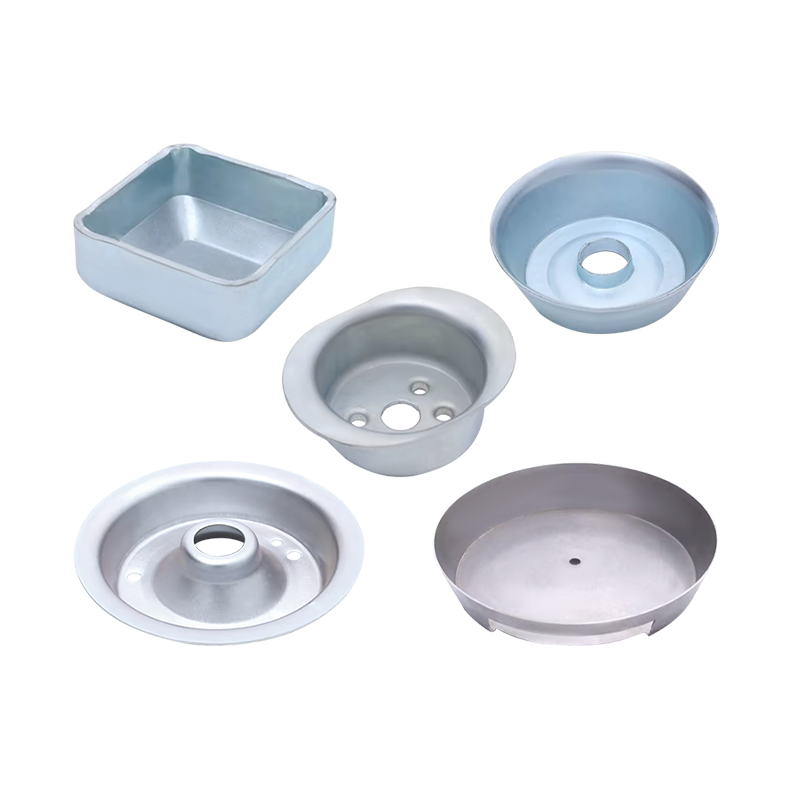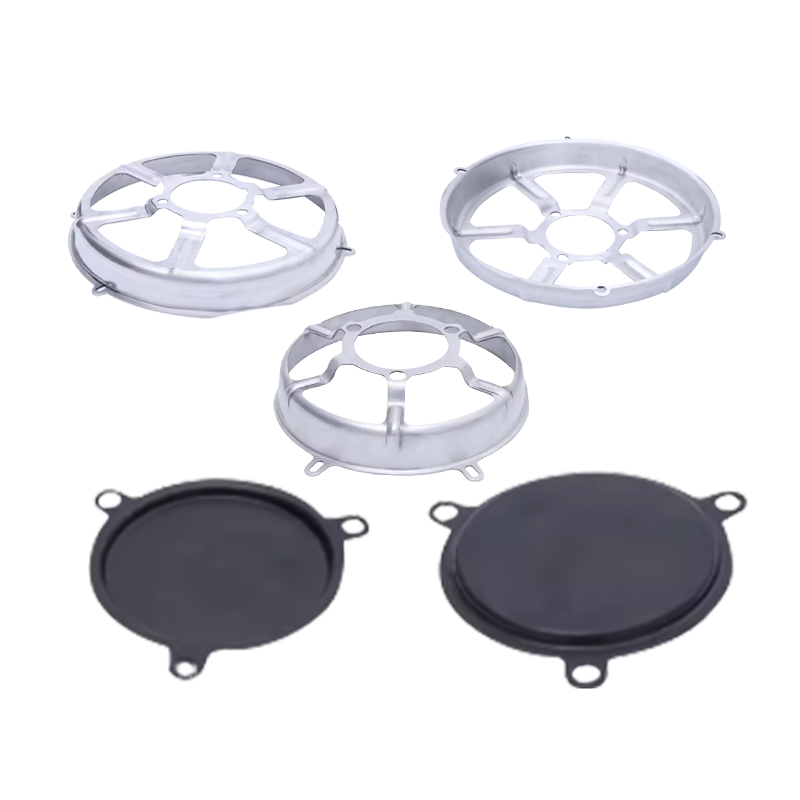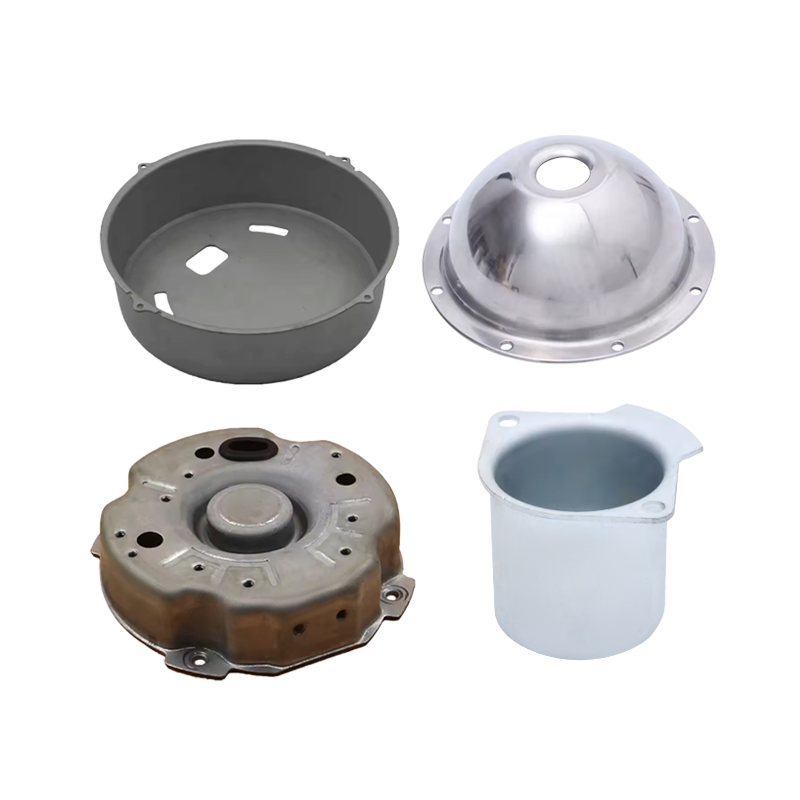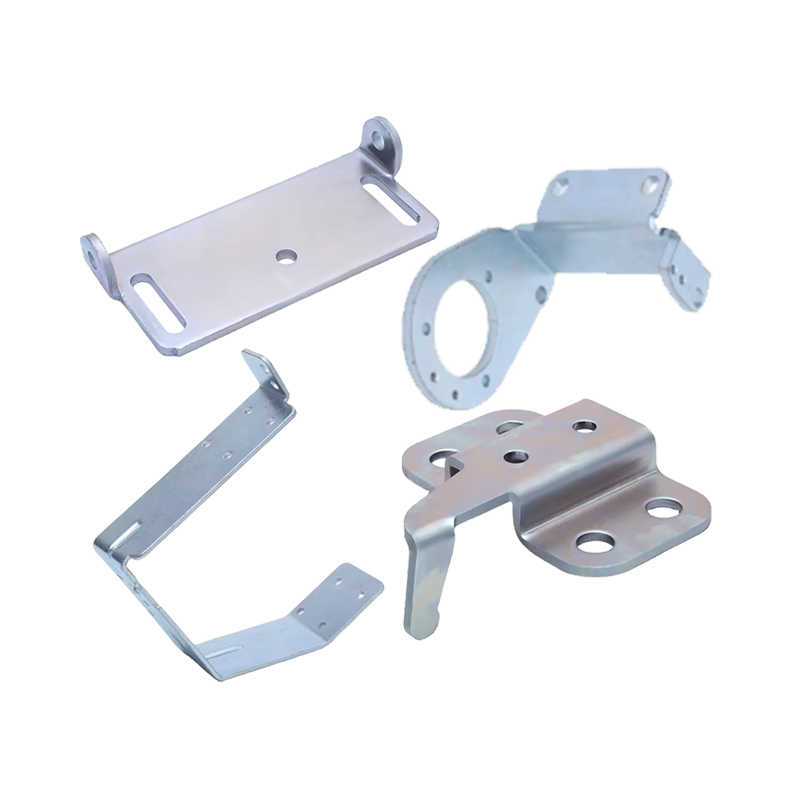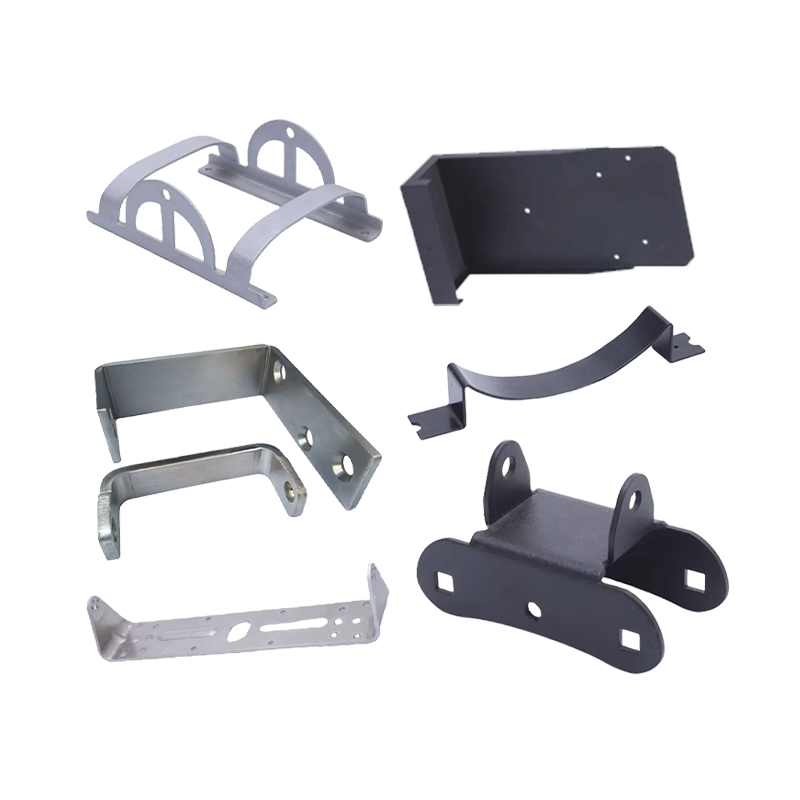Web Menu
Product Search
Exit Menu
News categories
RECENT POSTS
-
Why are metal animal drinking bowls the best choice for safe pet drinking water?
Dec 23,2025 -
What are the common defects and solutions for metal bending parts?
Dec 16,2025 -
What to do if burrs appear on metal stamping parts? How to avoid them?
Dec 09,2025 -
What are Metal Bending and Drawing Parts?
Dec 02,2025 -
Precision Deep Drawing & Metal Stamping Solutions | High-Volume Manufacturing Expertise
Dec 01,2025
Which stainless steel custom sheet metal fabrication processes ensure corrosion resistance and strength?
Content
- 1 What material pre-treatment processes lay the foundation for corrosion resistance and strength?
- 2 What cutting processes maintain stainless steel’s corrosion resistance and structural integrity?
- 3 What forming and bending processes prevent strength loss and corrosion vulnerabilities?
- 4 What welding processes ensure strong, corrosion-resistant joints?
- 5 What surface finishing processes enhance both corrosion resistance and strength?
Stainless steel custom sheet metal is widely used in industries like medical devices, food processing, and marine engineering—where both corrosion resistance (to withstand harsh environments) and strength (to support structural loads) are non-negotiable. However, not all fabrication processes preserve these two core properties equally; some may weaken the metal or create vulnerabilities to rust. To ensure the final product meets performance demands, it’s critical to choose processes that enhance, rather than compromise, corrosion resistance and strength. Let’s break down the key fabrication steps that achieve this balance.
What material pre-treatment processes lay the foundation for corrosion resistance and strength?
Before cutting or forming, pre-treating stainless steel sheets removes contaminants and stabilizes the metal’s surface—this is the first line of defense against corrosion and ensures the material retains its inherent strength.
First, chemical degreasing and pickling are essential. Manufacturing processes often leave oils, lubricants, or iron particles on the stainless steel surface. These contaminants can trigger localized corrosion (e.g., pitting) and weaken the metal’s surface layer. Degreasing uses alkaline or solvent-based solutions to dissolve oils, while pickling (typically with nitric acid or a nitric-hydrofluoric acid mix) removes rust, scale, or iron deposits. For corrosion-sensitive applications (like food processing equipment), pickling is followed by passivation—a process that creates a thin, uniform chromium oxide layer on the surface. This layer acts as a barrier to moisture and chemicals, boosting corrosion resistance without reducing the metal’s tensile strength (stainless steel retains 95%+ of its original strength after proper passivation).
Second, stress-relief annealing prevents strength loss in thick sheets. Stainless steel sheets thicker than 3mm may develop internal stresses during rolling or storage, which can lead to cracking during forming or corrosion in high-humidity environments. Stress-relief annealing heats the sheet to 800–900°C (depending on the alloy) and holds it for 1–2 hours before cooling slowly. This process relaxes internal stresses, maintaining the metal’s yield strength (critical for load-bearing components) while ensuring the surface remains uniform for subsequent processes (e.g., welding or polishing).
Third, surface cleaning verification ensures pre-treatment effectiveness. After pre-treatment, sheets should undergo visual inspections (for residue) and chemical tests (e.g., ferroxyl testing to detect free iron). Even tiny traces of iron can cause “rust staining” later—so thorough cleaning is non-negotiable for long-term corrosion resistance.
What cutting processes maintain stainless steel’s corrosion resistance and structural integrity?
Cutting stainless steel to size must avoid creating heat-affected zones (HAZs) or surface burrs—both of which can weaken the metal and increase corrosion risk.
First, laser cutting is ideal for precision and property preservation. Fiber laser cutters use high-energy beams to melt through stainless steel, with minimal heat transfer to the surrounding material. This results in narrow HAZs (usually ≤0.1mm for thin sheets) that don’t alter the metal’s chemical composition or tensile strength. Unlike plasma cutting (which can leave a rough, oxide-rich edge), laser cutting produces a smooth, burr-free edge that requires little post-processing—reducing the chance of corrosion-causing crevices. For thick sheets (3–10mm), laser cutting with nitrogen assist gas further enhances corrosion resistance: nitrogen prevents oxidation during cutting, leaving a clean, oxide-free surface that’s ready for welding or bending.
Second, waterjet cutting is suitable for corrosion-sensitive alloys (like 316L). Waterjet cutting uses a high-pressure stream of water mixed with abrasive particles (e.g., garnet) to cut through stainless steel—no heat is involved, so there’s no HAZ or surface oxidation. This process preserves the metal’s full strength (no heat-induced weakening) and leaves a smooth edge that resists pitting. It’s particularly useful for medical device components or food-grade equipment, where even minor surface defects can harbor bacteria or chemicals.
Third, shearing (for thin sheets) requires proper tool maintenance. For sheets thinner than 2mm, mechanical shearing is cost-effective—but dull blades can create burrs or deform the edge. Burrs trap moisture and contaminants, leading to corrosion, while deformation weakens the sheet’s edge strength. To avoid this, shearing tools should be sharpened every 500–1000 cuts, and the shear gap (distance between upper and lower blades) should be set to 5–10% of the sheet thickness. This ensures clean, straight cuts that maintain the metal’s edge strength and corrosion resistance.
What forming and bending processes prevent strength loss and corrosion vulnerabilities?
Forming (e.g., bending, deep drawing) shapes stainless steel into functional components—but improper techniques can create cracks, thin the metal, or damage the corrosion-resistant surface layer.
First, precision press braking with controlled pressure maintains thickness and strength. When bending stainless steel, excessive pressure can thin the outer edge of the bend (reducing strength) or crack the surface (creating corrosion entry points). Modern press brakes use CNC controls to apply consistent pressure (adjusted for sheet thickness and alloy) and feature tooling with rounded edges (to avoid sharp bends that cause cracking). For example, bending a 1mm-thick 304 stainless steel sheet requires a press force of 5–8 tons (depending on the bend angle) and a tool radius of ≥1mm—this ensures the bend retains 90%+ of the original sheet thickness and the surface oxide layer remains intact.
Second, deep drawing with lubricant selection protects corrosion resistance. Deep drawing (used to make components like tanks or bowls) stretches stainless steel into 3D shapes. Without proper lubrication, the metal can scratch against the die, damaging the chromium oxide layer and exposing the base metal to corrosion. Food-grade or medical-grade lubricants (e.g., mineral oil-based or synthetic lubricants) create a barrier between the sheet and die, preventing scratches while allowing smooth forming. After drawing, lubricants are fully removed via degreasing (to avoid contamination), ensuring the final surface remains corrosion-resistant.
Third, post-forming inspection for defects catches issues early. After forming, components should be checked for cracks (via dye penetrant testing) and thickness variations (via ultrasonic gauges). Cracks as small as 0.01mm can lead to rapid corrosion, while thickness reductions over 10% (e.g., a 2mm sheet thinned to 1.7mm) reduce load-bearing capacity. Catching these defects early allows for repairs (e.g., grinding out small cracks) before the component moves to final assembly.
What welding processes ensure strong, corrosion-resistant joints?
Welding is critical for assembling sheet metal components—but it’s also a high-risk step: poor welds can create weak points (failing under load) or crevices (trapping moisture and causing corrosion).
First, gas tungsten arc welding (GTAW, or TIG welding) is preferred for corrosion-sensitive applications. GTAW uses a non-consumable tungsten electrode and an inert gas (argon or argon-helium mix) to shield the weld pool from oxygen and nitrogen. This produces clean, precise welds with minimal HAZs—critical for maintaining corrosion resistance (no oxide formation in the weld) and strength (weld tensile strength matches 80–90% of the base metal). For medical or food-grade equipment, GTAW is often used with “back purging” (argon gas on the backside of the weld) to prevent oxidation on the inner surface of pipes or tanks—eliminating hidden corrosion spots.
Second, pulse laser welding ensures strength in thin sheets. For sheets thinner than 1mm (e.g., medical device casings), pulse laser welding delivers short, high-energy pulses that melt the metal without creating large HAZs. The weld bead is narrow (≤0.5mm) and uniform, with no gaps or porosity—this prevents corrosion and ensures the weld can withstand repeated stress (e.g., vibration in diagnostic equipment). Unlike traditional arc welding, pulse laser welding doesn’t require filler metal (which can introduce impurities), so the weld retains the same corrosion resistance as the base metal.
Third, post-weld cleaning and passivation repairs the corrosion layer. Welding can damage the chromium oxide layer near the weld, creating a “sensitized” zone where corrosion is likely. Post-weld cleaning uses wire brushes (non-metallic, to avoid iron contamination) to remove weld spatter, followed by pickling and passivation (as in pre-treatment). This restores the chromium oxide layer, ensuring the weld area is as corrosion-resistant as the rest of the component. For structural components (e.g., marine brackets), post-weld stress relief (heating to 600–700°C) further strengthens the weld by reducing residual stresses.
What surface finishing processes enhance both corrosion resistance and strength?
Surface finishes don’t just improve aesthetics—they add a protective layer that boosts corrosion resistance and can even enhance surface strength (e.g., scratch resistance).
First, electropolishing is a top choice for corrosion-prone environments. Electropolishing uses an electric current to dissolve a thin layer (5–10μm) of stainless steel from the surface, creating a smooth, mirror-like finish. This process reduces surface roughness (Ra value drops to ≤0.2μm) and removes micro-cracks or crevices that trap contaminants. For example, electropolished stainless steel in pharmaceutical equipment resists bacterial growth and chemical corrosion, while the smooth surface also increases wear resistance (extending the component’s lifespan). Unlike mechanical polishing (which can leave micro-scratches), electropolishing doesn’t weaken the metal—tensile strength remains unchanged.
Second, powder coating (for non-food/medical applications) adds a durable barrier. Powder coating applies a dry polymer powder to the stainless steel surface, which is then cured at 180–200°C to form a hard, uniform layer. This layer (50–100μm thick) protects against UV radiation, saltwater, and industrial chemicals—ideal for outdoor or marine components. When applied correctly, powder coating doesn’t reduce the metal’s strength (the base stainless steel still supports structural loads) and can be customized for impact resistance (e.g., high-toughness powders for heavy machinery).
Third, brushing (for decorative and functional needs) balances corrosion resistance and grip. Brushing uses abrasive belts to create a linear, matte finish. While it doesn’t smooth the surface as much as electropolishing (Ra value ≈0.8–1.6μm), it does remove surface contaminants and creates a uniform texture that resists fingerprinting (useful for consumer appliances). Brushing also strengthens the surface slightly by work-hardening the top layer—this increases scratch resistance without compromising the metal’s flexibility (important for components that need to bend slightly under load).
For stainless steel custom sheet metal fabrication, ensuring corrosion resistance and strength isn’t just about choosing the right alloy—it’s about selecting processes that protect the metal’s inherent properties at every step. From pre-treatment to surface finishing, each process must be tailored to the application: medical devices may require TIG welding and electropolishing, while marine components need powder coating and stress-relief annealing. By prioritizing these processes, fabricators can create products that withstand harsh environments, support structural loads, and have a long service life. In industries where failure is costly (e.g., medical or aerospace), these processes aren’t just best practices—they’re essential for safety and reliability.
When Selecting Metal Prts, How to Quickly Match the Mechanical Properties with Actual Application Scenarios?
Pallet Feet: Plastic or Metal? How to Match Pallet Load Capacity to Avoid Damage?
related products
Whether you want to become our partner or need our professional guidance or support in product selections and problem solutions, our experts are always ready to help within 12 hours globally
contact UsPhone:+86 139-5824-9488
FAX :+86 574-86150176
E-mail: [email protected] [email protected]
Address: Unit 2, Building 19, Zhichuangzhizao Park, Chengdong Industrial Zone, Xiangshan, Ningbo,315705, Zhejiang, China

 English
English 中文简体
中文简体 Español
Español